A short distance from Glasgow city centre on the south bank of the Clyde is an area known as The Gorbals. The origins of the Gorbals are quite surprising – most people, myself included just think of the history of slums associated with this area, but The Gorbals started off as a small village centred on one street, parts of The Gorbals were even considered fashionable. It was designed in 1872 on a Parisian diamond style centred around a fountain. The design of The Gorbals was never set up to house the amount of people that lived there. This was an area that covered just 2% of Glasgow and by 1931, 85,000 people were living here. It didn’t take long before The Gorbals was bursting at the seams.
It was Glasgow in the 1950s, a time effected by industry and recovering from the effect of war. It was a dark time – literally, the buildings were all stained black with soot, thick smog covered the streets blocking out the natural light, often it was hard to see more than a few feet infront of you.
The destruction and disruption and from the war meant that by the 1950s there was a massive housing crisis, overcrowding had reached it’s peak. WWII saw house building stop completely, and now there was a baby boom.
The tenements were built quickly and cheaply and were designed to pack in as many people in as possible. There were no gardens, or lawns. Definitely no playgrounds.
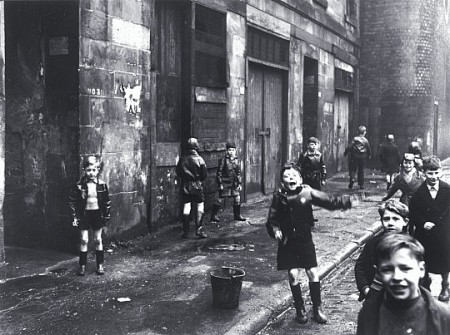
Appalling conditions came with it and it was not unusual for houses to have no water facilities and for sewage to run through the rat riddled streets. This was one of Europe’s most deprived neighbourhoods. It was not uncommon for up to eight family members to share the same single bedroom. In many parts of the Gorbals, up to 30 people would have to share the same toilet and more than 40 residents would have to use the same tap. Life was tough.
Here there was a horrendous amount of poverty, gangs ran amok, and there was sectarian violence, this was a notorious area. To be fair there was another side to The Gorbals in-spite of all of this – it was famous for its community spirit which could not be crushed. Kids would fill the streets, all ages, playing football, hide and seek and building dens, and even hunting vampires as this story of The Vampire of The Gorbals tells.
There was one place that was the exception in The Gorbals, a beautiful green open space – this was Glasgow’s largest and oldest municipal graveyard, the Southern Necropolis. A beautiful graveyard that covered many acres. The cemetery can be found on Caledonia Road. The Southern Necropolis provided much needed burial place for the Southside of Glasgow as many of the other cemeteries were filled to capacity.
It must have been such a contrast to the dark bustling slums filled with noise, the impressive entrance to The Southern Necropolis with it’s gothic gatehouse. For kids growing up in The Gorbals this must have been the equivalent of their fields and woods, somewhere to escape … somewhere to imagine a different life.
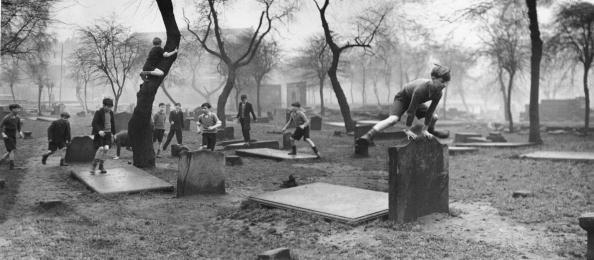
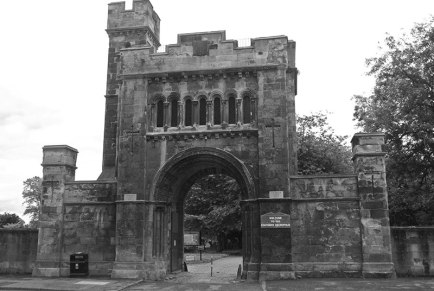
Stories had been circulating in the Gorbals about missing children, believed killed, the culprit was said to be a seven-foot vampire, lurking in the Southern Necropolis. The vampire was described as having iron teeth, which it used to kill and eat up children. The stories spread like wildfire, everyone knew someone who knew someone who had fallen victim to the vampire.
The adults wouldn’t believe the kids, so the kids decided to deal with this monster once and for all – by themselves. Secretly they passed messages, arranged meetings, made weapons and plotted their attack. In 1954, hundreds of young kids from the Gorbals area of Glasgow swarmed into the creepy Necropolis graveyard on the hunt for a vampire with “iron teeth” . Armed with sharp sticks and even dogs they hunted for hours upon hours, more and more kids came over the next two days. The police were called but couldn’t move the children, it took a local head teacher to finally disperse the crowd.
The following day, pupils were lectured on the folly of vampire hunting. The story of the missing children had been unfounded.
Everyone now wanted to know how this had happened? Who was to blame?
Local historians believe they were inspired by the earlier legend of “Jenny wi’ the Iron Teeth”, a murderous ghost said to haunt Glasgow Green. There was also an American comic book at that time entitled: “The Vampire with the Iron Teeth”. Maybe inspired by a passage in the Bible, Daniel 7:7, that reads: “Behold a fourth beast, dreadful and terrible, and strong exceedingly; and it had great iron teeth”.
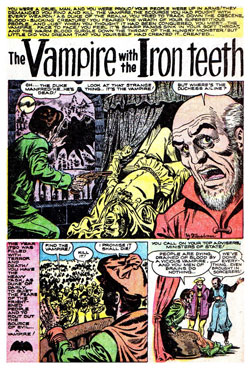
After the story appeared in the local press, it gained worldwide coverage. An unlikely alliance of Christians, communists and the National Union of Teachers blamed imported American horror comic books for the mass hysteria Before long the country was in the grip of a full blown panic. The campaign even reached parliament, where it was championed by Alice Cullen, Labour MP for the Gorbals, and resulted in the 1955 Children and Young Persons (Harmful Publications) Act being passed – an act which still stands today.
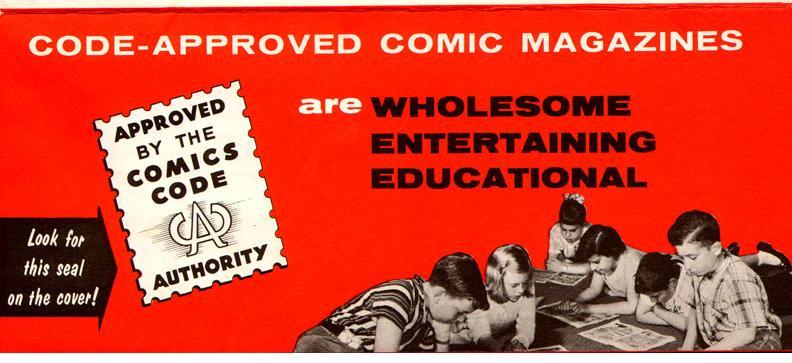
Memories of Hunting The Gorbals Vampire
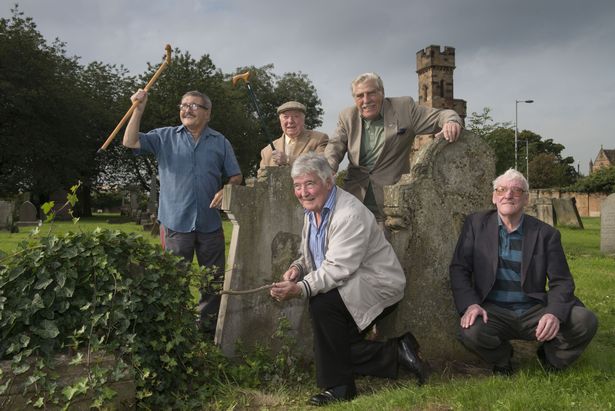

ive got the real testimony of really happened from star to finish the church didnt want to listen to me so if you read this no that what i say is true and impeccable i love ya Scotts i am in america